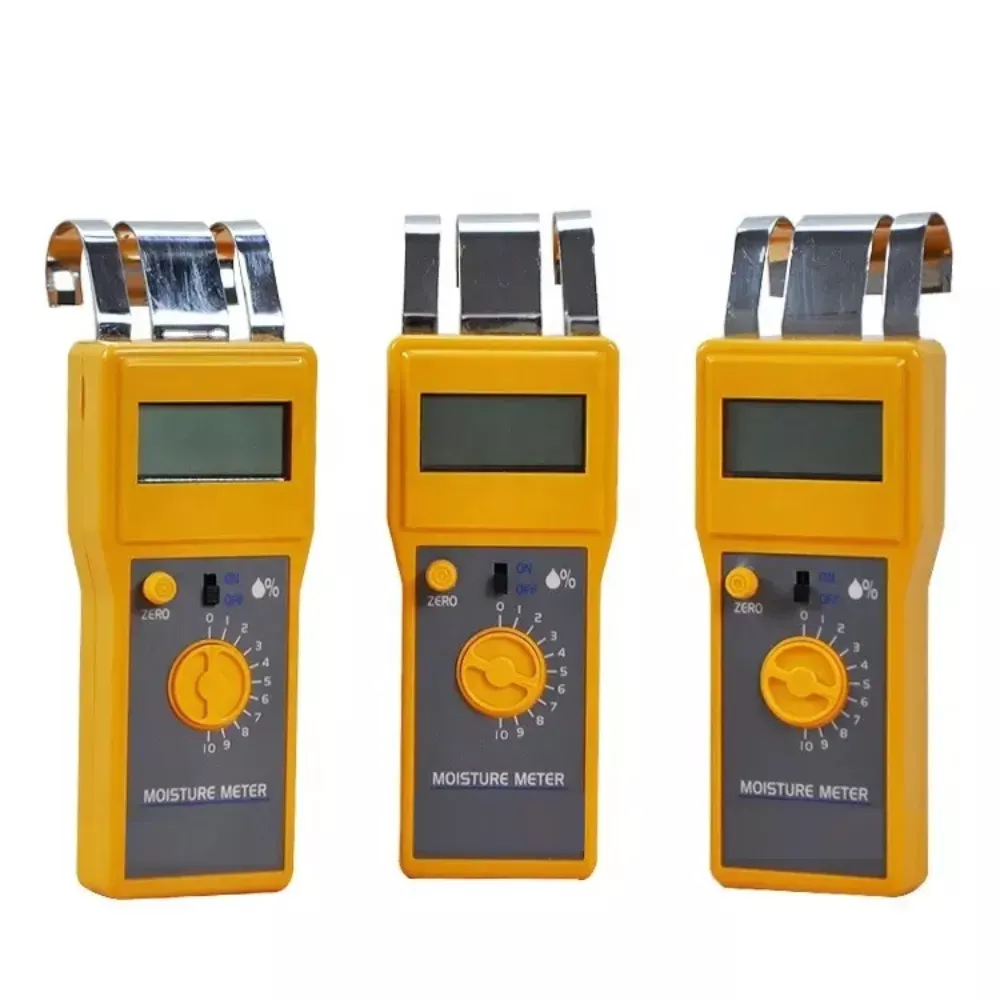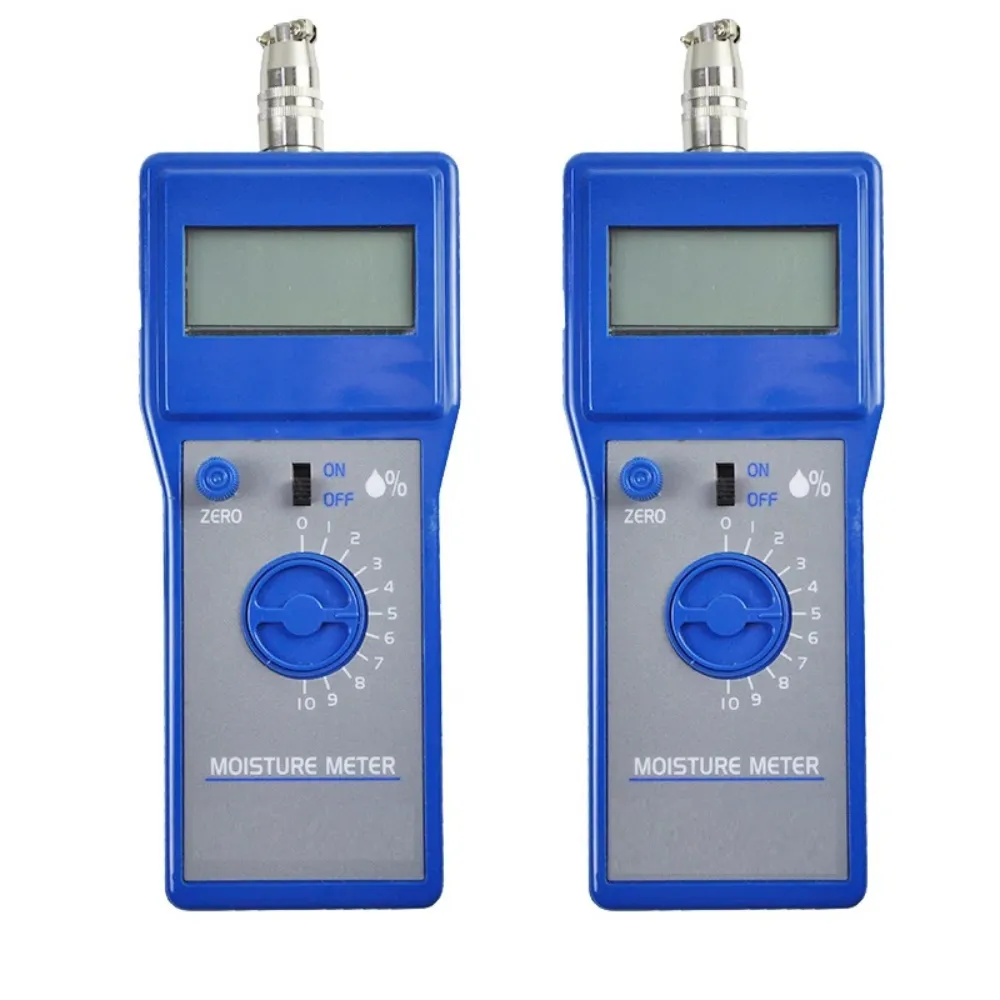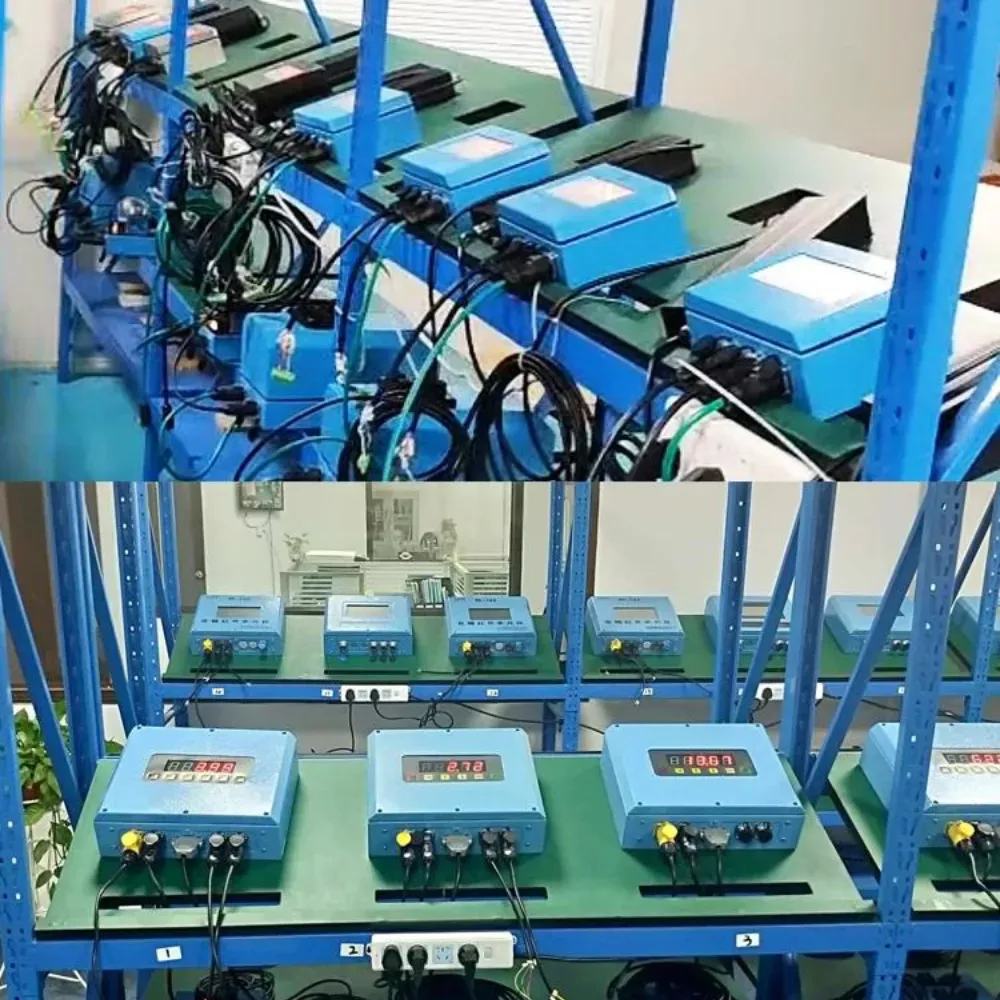
Explore Cotton Moisture Meters Working Principles
Table of Contents
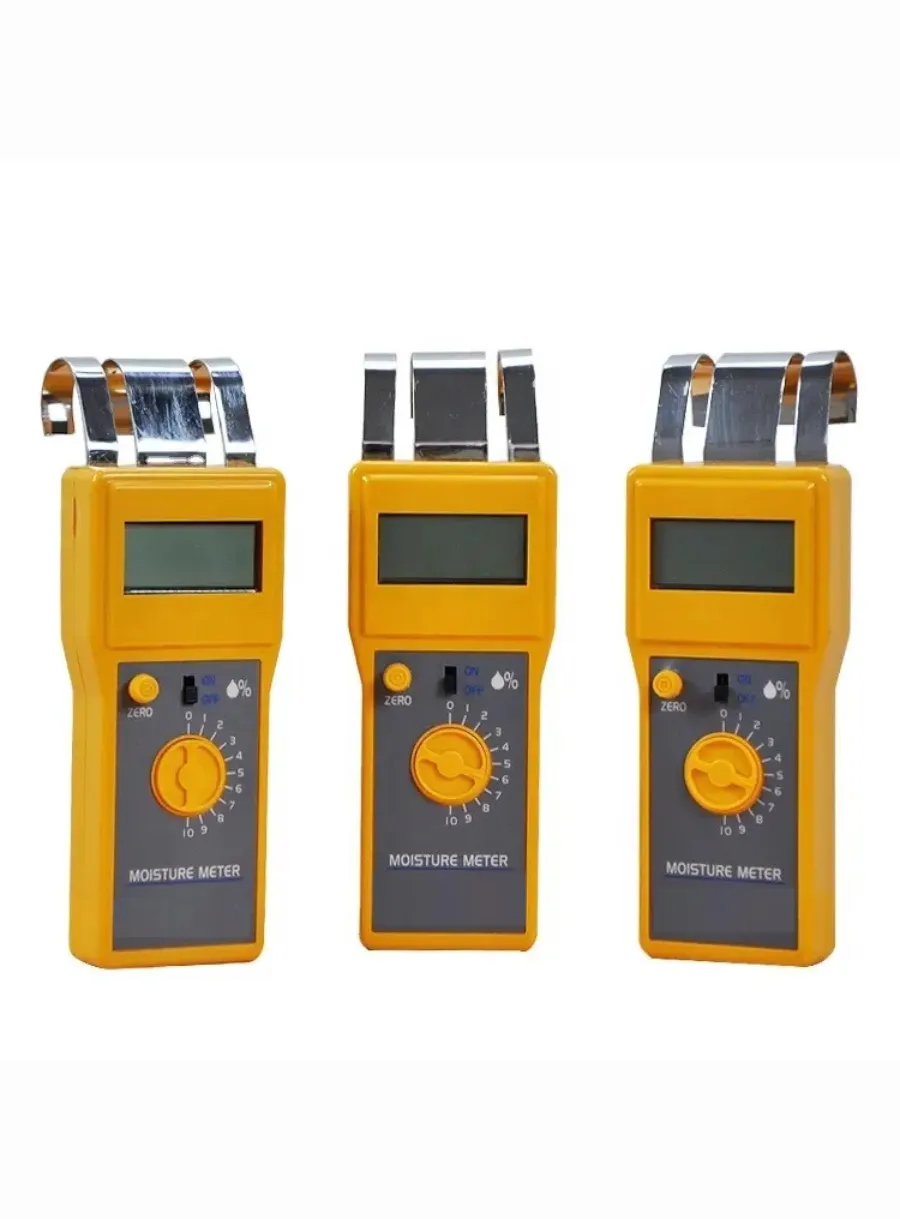
Fundamental Principles of Cotton Moisture Meters
Cotton moisture meters operate primarily on the principle of measuring the dielectric properties of cotton fibers, which change with varying moisture content. The most common technologies used in these meters include capacitance and time domain reflectometry (TDR).
Capacitance sensors measure the dielectric constant of the cotton, which is strongly influenced by its moisture content. These sensors use high-frequency electrical signals (typically around 70 MHz) to assess how the presence of water alters the dielectric properties of the cotton. The advantage of capacitance technology is that it minimizes the effects of soil salinity and allows for consistent readings across multiple sensors. This method typically achieves an accuracy of ± 3 to 4% for most mineral soils but can improve to ± 1 to 2% with soil-specific calibration, which is recommended for optimal accuracy.
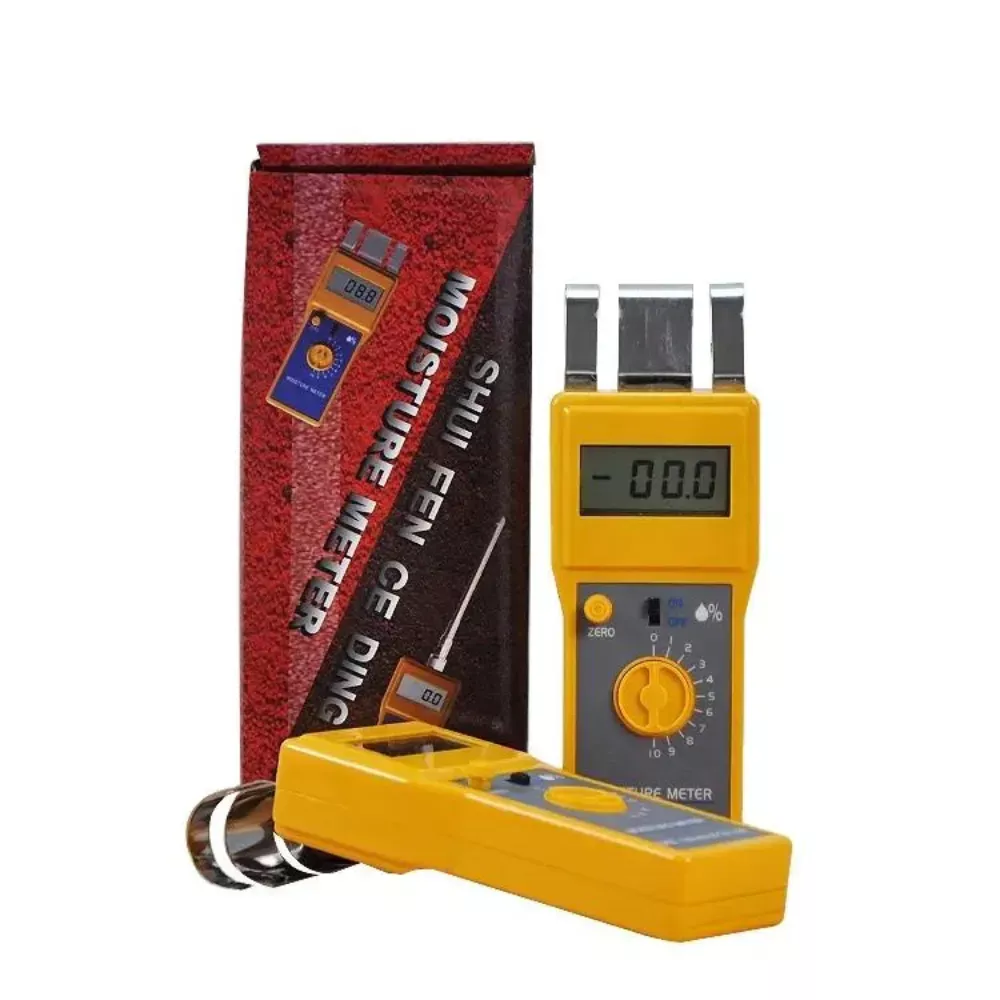
In contrast, TDR utilizes pulsed electromagnetic waves that travel along probes inserted into the cotton. The time it takes for these pulses to reflect back is used to determine the moisture content. TDR can provide a comprehensive analysis of the dielectric permittivity across a wide frequency spectrum, making it suitable for applications requiring detailed information about bulk density, water content, and electrical conductivity. However, TDR sensors are generally more complex and require more energy than capacitance sensors, although they can also yield valuable insights into the material being measured.
Ensuring accurate readings from cotton moisture meters necessitates regular calibration. This can be performed using reference meters or moisture content standards (MCS) to verify the accuracy of readings against known values. Factors such as installation consistency and the presence of air gaps during sensor installation can significantly affect measurement accuracy. Hence, proper installation techniques are crucial for reliable data collection.
Comments
Tags
Frequently Asked Question
Cotton moisture meters primarily measure the dielectric properties of cotton fibers, which change with varying moisture content.
Capacitance sensors use high-frequency electrical signals to measure the dielectric constant of cotton, which is influenced by its moisture content.
TDR uses pulsed electromagnetic waves along probes inserted into cotton, measuring the reflection time to determine moisture content and providing comprehensive dielectric permittivity analysis.
Calibration ensures accurate readings by verifying measurements against known values and compensating for factors that could affect accuracy, such as installation inconsistencies or air gaps.

